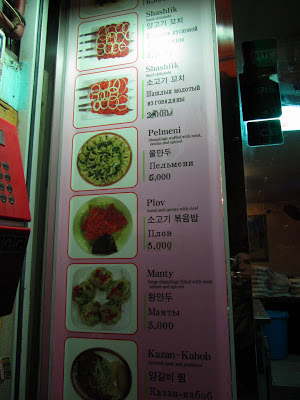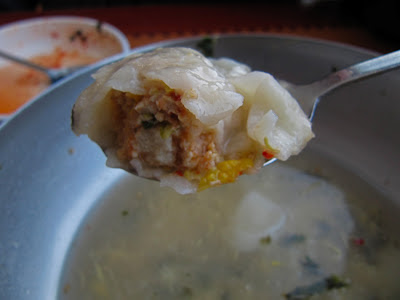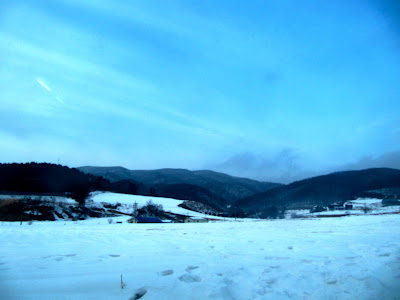Welcome to the 2013 Daegwallyong Snow Flower Festival!
There are plenty of winter games and activities to enjoy here. Children will have a blast here, but adults may have some chances to have fun, too. Try sledding, driving an ATV through the snow, taking a horse drawn sleigh ride, riding a donkey through the snow, and riding in a raft pulled by a snowmobile at high speeds are just some of the activities to try. Whatever your taste in winter sports, you'll be sure to find something you enjoy here.
High speed snow rafting
Oh what fun it is to ride... in a one-horse open sleigh
ATVs in the snow
For those who enjoy tamer activities, there are plenty of photo ops with some interesting snow and ice sculptures.
When you get cold, head inside for some snacks, games and shopping.
lots of snacks
Local students' drawings representing the olympics coming in 2018
Rent your own igloo!
And for the real adventurous types, stay the night in your own personal igloo! Sorry, they're not actually made of snow and ice and they appear to be heated inside... it may not be as authentic as you hope...
The festival is set up in the center of town, so it's hard to miss. If you drive in, follow the signs for Yongpyong Resort and keep your eyes out for the parking sign written in English and Korean. If you take the bus, it should be a quick taxi ride from either the resort or the bus terminal. Just tell the taxi driver to take you to the 대관령 눈꽃 축제 /daegwallyong nunkkot chukjae/. For more information, check out the website http://www.snowfestival.net/intro (Korean only). There is no entrance fee, just pay for each activity you try. The festival will be open from 1/19-2/5 this year. For photos from previous years please see my posts from 2011 and 2012.





































